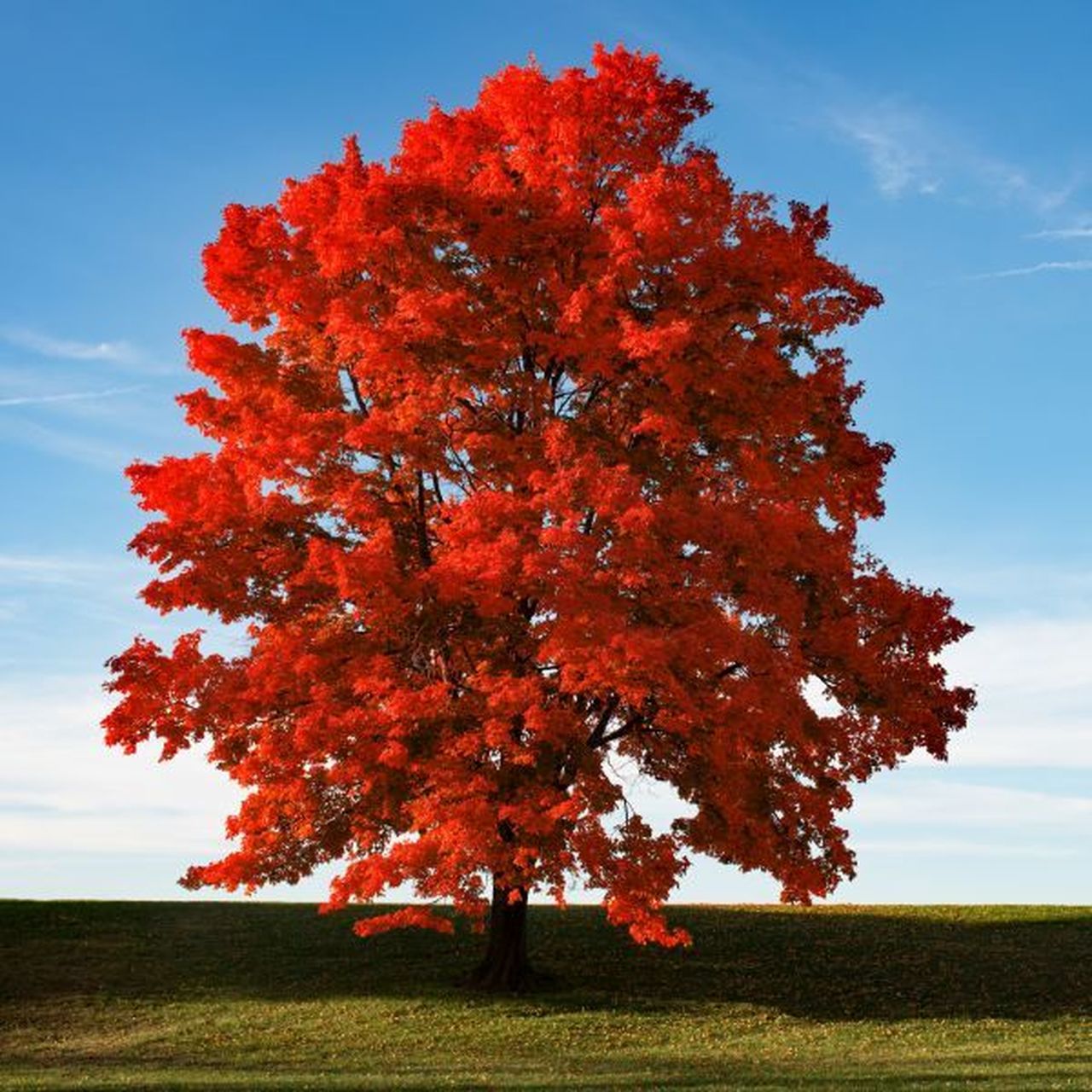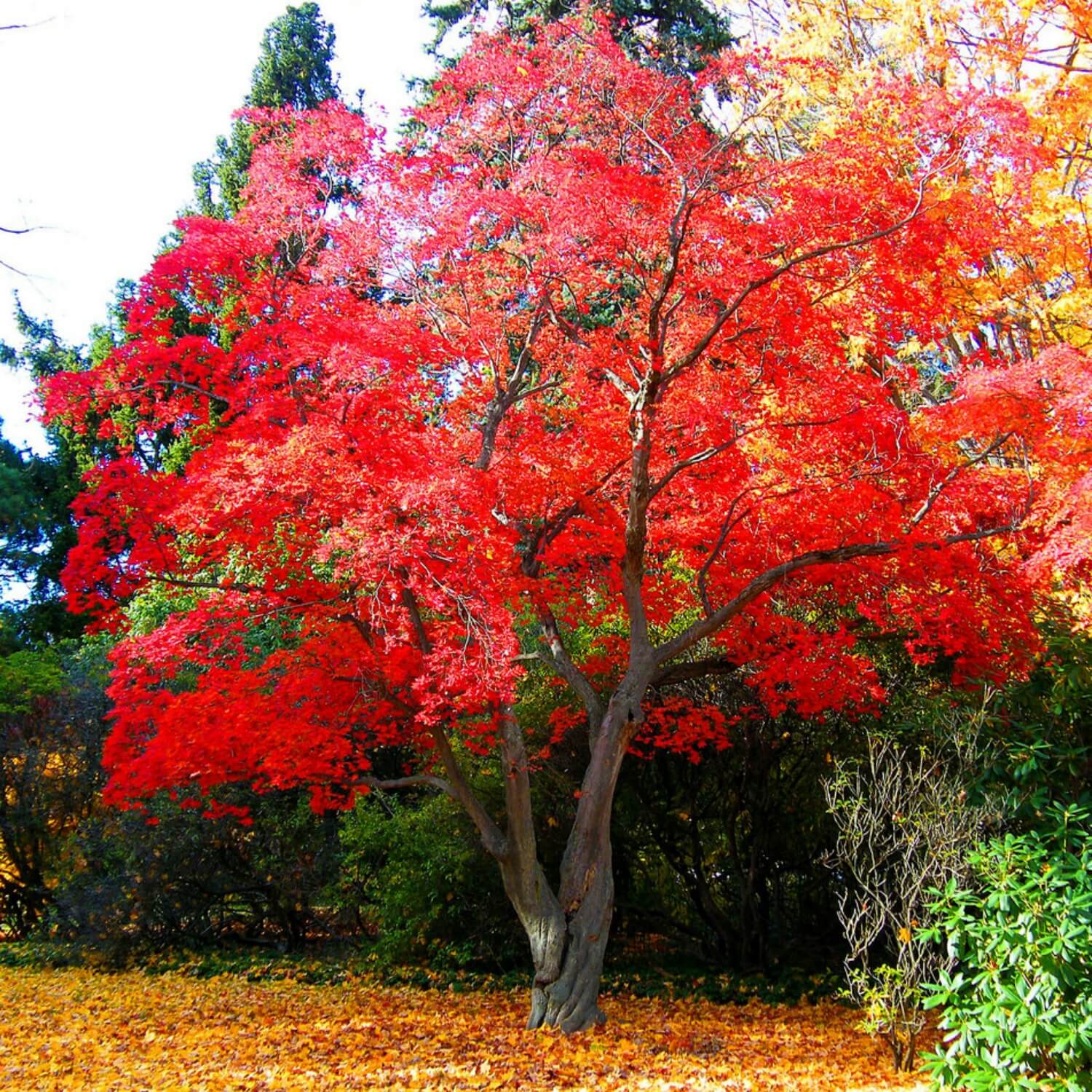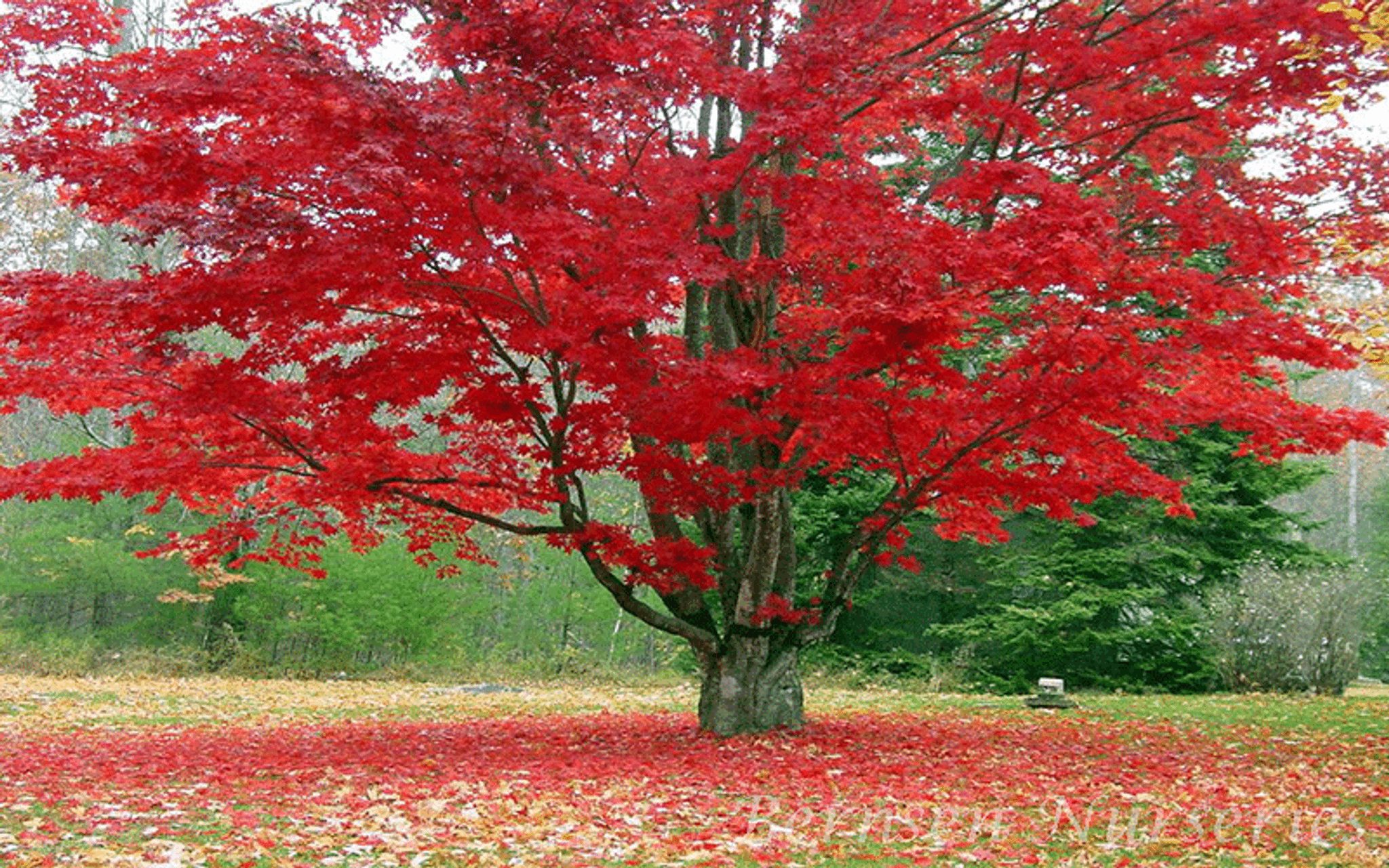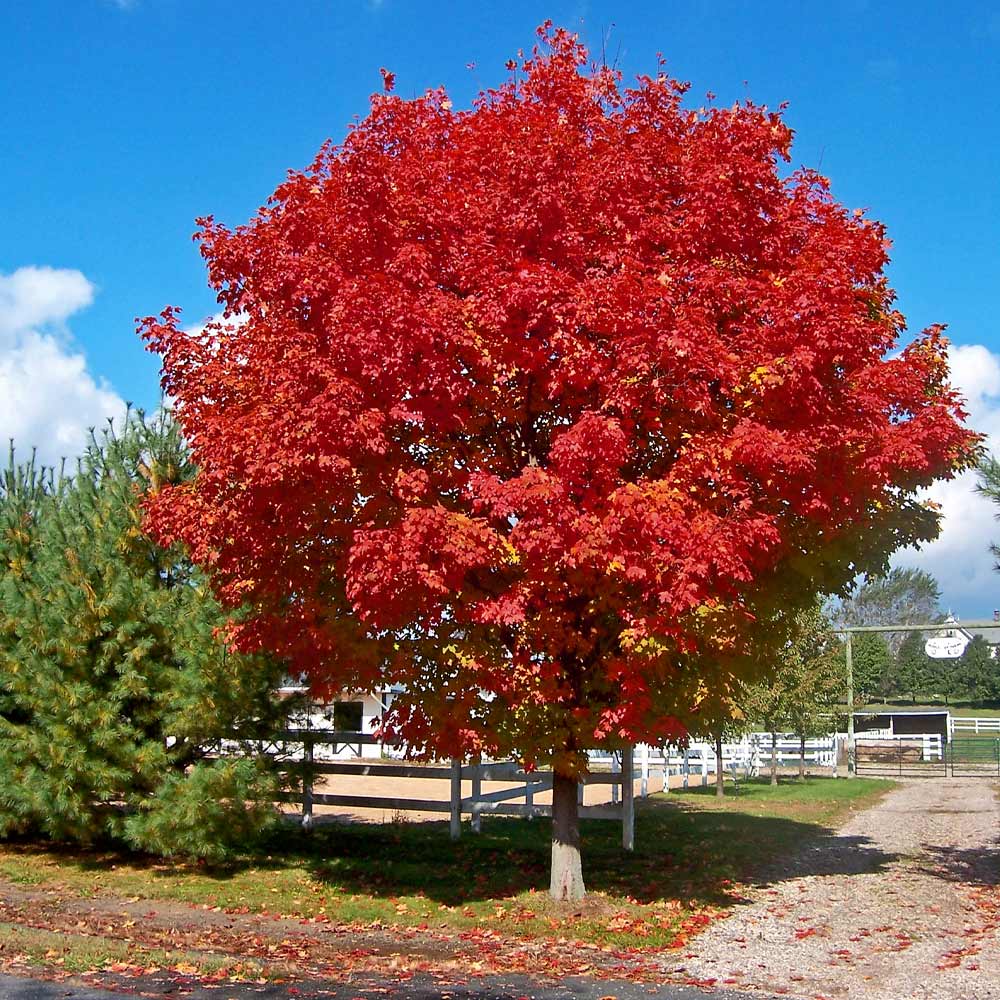


Tags: #deciduous #shade tree #full sun tolerant #heat tolerant #drought tolerant #specimen #wildlife plant #red flowers #native tree #moths #samaras #nectar plant #piedmont #colorful leaves #spring flowers #winter interest #tsc #fall interest #flowering tree #small mammals #moist soil #food source wildlife #fast growing #cpp #fire low flammability #NC native #buffer #nighttime garden #small and large mammals #children's garden #native garden #playground plant #mountains #summer interest #spring interest #edible seeds #screening #pollinator plant #compaction tolerant #larval host plant #fruits summer #food source summer #deciduous tree #fruits spring #food source spring #food source herbage #food source nectar #food source pollen #Coastal FAC #Piedmont Mountains FAC #wet soils tolerant #bird friendly #food source hard mast fruit #butterfly friendly #moth larvae #wetland margins #nectar plant early spring #winter flowers #winter garden #partial shade tolerant #tsc-t #flood tolerant #bee friendly #problem for horses #non-toxic for dogs #non-toxic for cats #Audubon #wind damage prone #imperial moth #mccarthy memorial garden #nectar plant late winter #coastal plant #periodic flooded conditions tolerant #landscape plant sleuths course 'Armstrong' and 'Armstrong Gold', 'Autumn Fantasy', 'Autumn Flame', 'Autumn Radiance', 'Bowhall', 'Brandywine', 'Burgandy Belle' or 'Magnificent Magenta', 'Embers', 'Franksred', 'Karpick', 'October Glory', 'Red Rocket', 'Red Sunset', 'Somerset', 'Summer Red', 'Sun Valley'

'Burgandy Belle' or 'Magnificent Magenta'.Male selection, intense and consistent fall color. Male selection with abundant leaves that are smaller in size, excellent early scarlet fall color. Profile Video: See this plant in the following landscapes: Michael McCarthy Memorial Garden, All Saints Episcopal, Concord Native/ Woodland Garden Cultivars / Varieties: VIDEO Created by Elizabeth Meyer for " Trees, Shrubs and Conifers" a plant identification course offered in partnership with Longwood Gardens. This tree has a shallow, flattened root system that may buckle nearby sidewalks or driveways if planted too close. Canker, fungal leaf spot, and root rots may also occur. Also note that verticillium wilt attacks the vascular system and can be fatal. Watch for aphids, leafhoppers, borers, scale, and caterpillars. Insects, Diseases, or Other Plant Problems: In alkaline soils, it can develop manganese chlorosis. It is used as pulpwood and in the manufacture of furniture and woodenware.įire Risk: This plant has a low flammability rating. The light, creme-colored wood, which is known commercially as soft maple, is heavy, closed grained, and rather weak. It makes an excellent lawn, park, or street tree. This tree is the best choice for a soft maple. It is easy to plant and establish as a transplant of a small specimen bare-root, or balled and burlapped. In the fall the leaves turn orange-red, though the brilliance of this color can vary among individual trees. During spring, light brown or red-winged samaras mature. Small, red flowers in clusters mature in late winter, and the tree is one of the first to flower in early spring. The bark of young trees is smooth and silvery-gray, becoming scaly and dark with age. If the leaf margin, or edge, of your maple's leaves appear serrated, it is probably a red maple. Its leaves' most distinctive feature is a rough, saw-like edge. The red maple has a slightly smaller leaf than most other species of maples. The leaves are opposite, with three to five palmate lobes and toothed margins on long red stems. This is one of the first trees to show color in the fall. It is very cold hardy and grows faster than Norway and sugar maples, but slower than silver maples. It is tolerant of a wide range of soils, including clay, but prefers moist, slightly acidic conditions. Red maple is easy to grow in average, medium to wet, well-drained soil in full sun to partial shade. In nature, it can be found growing in upland deciduous forests, up to at least 1500 meters in elevation. It is a handsome shade tree with a rounded crown and ascending branches to a 30- to 50-foot spread.

Red maple is a native, deciduous tree in the Sapindaceae (soapberry) family that may grow to 120 feet tall with a trunk 6 feet in diameter, but is more commonly 40 to 70 feet high and 1 1/2 to 2 1/2 feet across. Phonetic Spelling AY-ser ROO-brum Description


 0 kommentar(er)
0 kommentar(er)
